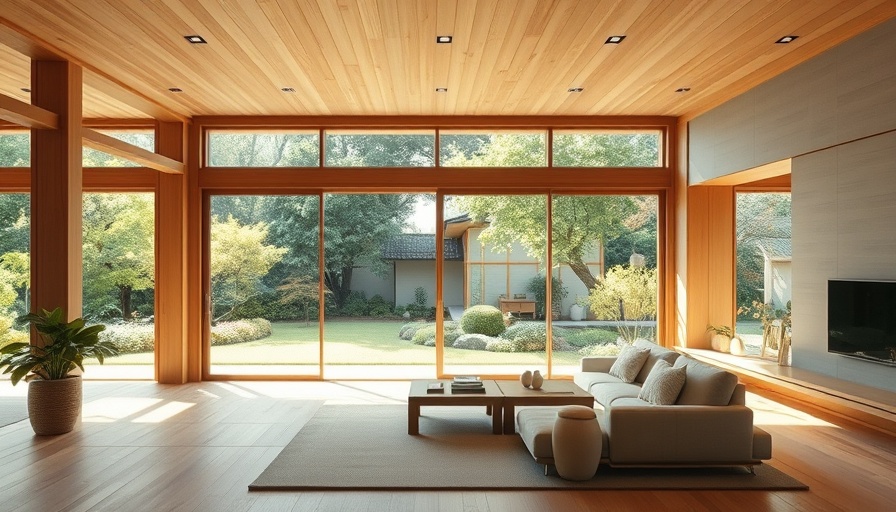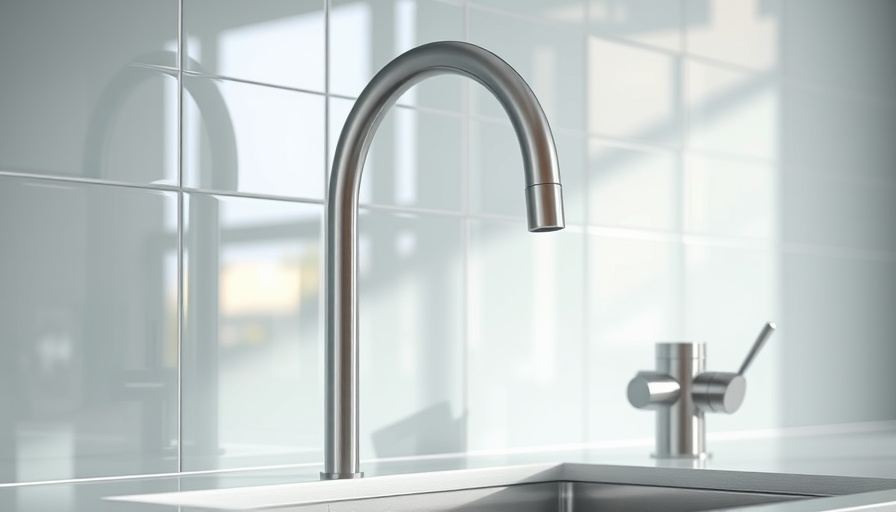
Finding Serenity in Nature: Exploring Japanese Architecture
In In Stillness – Two Japanese Family Homes Connected by a Garden, the delicate relationship between modern living and nature becomes beautifully evident. This presentation takes us through two Japanese homes that emphasize the importance of natural spaces in urban settings. As we explore these homes, it's clear that they are not just structures but an extension of the family's life harmonized with the surrounding environment.
In In Stillness – Two Japanese Family Homes Connected by a Garden, we see how architecture and nature intersect, prompting us to reflect on their significance in our own lives.
The Importance of Green Spaces
In contemporary design, especially in urban areas, the integration of green spaces is crucial. Both homes showcase gardens that serve as serene retreats for families. Detailed pathways and thoughtfully placed plants not only enhance aesthetic appeal but also provide a crucial element of sustainability. Gardens allow nature to play a significant role in everyday life, giving families a place to enjoy tranquility amidst the chaos of city living.
Lessons from Japanese Design Philosophy
Japanese architecture teaches valuable lessons in space utilization, where the layout of the home encourages a seamless flow between indoor and outdoor environments. This philosophy is significant as it reminds us that our living spaces can be both functional and peaceful. Families can learn to appreciate minimalism and intentional space usage, which helps reduce clutter and enhance emotional well-being.
Creating Your Own Zen Space
Inspired by these beautiful designs? Consider creating your own oasis at home. Whether it's a small balcony garden or a backyard sanctuary, even simple plant arrangements can transform your living space into a peaceful retreat. This focus on connecting with nature can greatly boost your mood and overall quality of life.
Taking after the homes in In Stillness, designing with nature in mind can transform how we interact with our environment, turning mere houses into homes filled with tranquil spaces. Embrace the concept of green design to enrich your life and create corners of calm in your daily routine.
 Add Row
Add Row  Add
Add 




Write A Comment